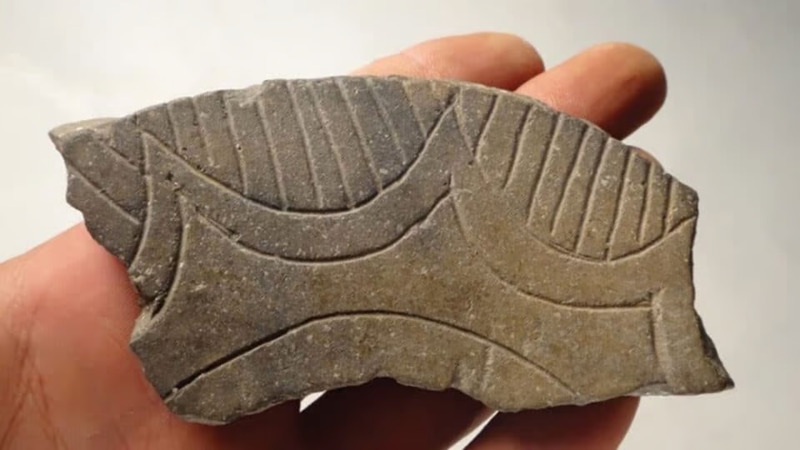Archaeology Sources

State of CRM Archaeology in the Alabama Homeland
The Choctaw Nation of Oklahoma (CNO) defines their ancestral homelands in Alabama as the following modern-day counties: Baldwin, Bibb, Choctaw, Clarke, Conecuh, Dallas, Escambia, Greene, Hale, Marengo, Mobile, Monroe, Perry, Pickens, Sumter, Tuscaloosa, Washington, and Wilcox, and a portion of Jefferson County. CNO considers archaeological sites, artifacts, and human remains from these counties to be potentially affiliated with the ancestral Choctaw. Forefronting the ancestry of the archaeological record, an important and often overlooked consideration in CRM archaeology, accurately centers compliance projects. This orientation of work in the Choctaw homelands of Alabama does not preclude other ancestral affiliations.
Two primary questions, constantly posed during this project, guided this effort. First, how can Section 106 or “contract” archaeology “do better” regarding the information put forth and work conducted in the Choctaw homelands? Second, what does a contract archaeologist unfamiliar with the archaeology of the Choctaw homeland need to “do better?” A central tenet of archaeology is looking to the past to understand the present and better inform the future. The Archaeology Item Set examines the basic tools of contract archaeology: the state site files and gray literature. By scrutinizing the archaeology that precedes us, we can effectively grasp the current tasks and improve. To this end, we have curated an annotated bibliography of archaeological sites and reports, some of which are not publicly available but are accessible to researchers by submitting a request from the Home page.
The Archaeology Item Set, a product of the pilot study, currently focuses on examining Choctaw archaeology in Alabama within the last five centuries. The Mississippi Band of Choctaw Indians and the Jena Band of Choctaw Indians are also Federally Recognized Tribes whose memebrs have historical and cultural ties to Alabama.
Using the Archaeological Item Set
Alabama's body of archaeological literature consists primarily of site forms and compliance reports. A list of sites and research publications relevant to the ancestral Choctaw was compiled using the ASSF, NADB, and library databases. The Choctaw Archaeology Item Set includes archaeological reports, books, and journal articles that pertain to Choctaw archaeology. It is an imperfect dataset; there are certainly omissions due to how resources are reported, the level of investigations, and the structure of the repositories. It should also be noted that there are, and are likely, reports and analyses that utilized assemblages collected from sacred sites and funerary objects from those sites. If CNO had been consulted today on these projects, it is very probable that CNO would not have concurred. The Choctaw Nation of Oklahoma does not support the excavations and analyses of Choctaw human remains and associated objects.
Based on an initial review of Alabama’s archaeological literature, there is truly little work in the spaces between the archaeological and ethnohistorical/ethnographic literature. Research either focuses on archaeology (and mainly surveys at that) or results in a hybrid historical/ethnohistorical study. Even when there are thorough discussions of archaeological work and historical/ethnohistorical sources by authors, the linkage and synergy between these data rarely come to fruition. This is not to say that these works are faulty per se, but rather to point to areas for future endeavors to address.

